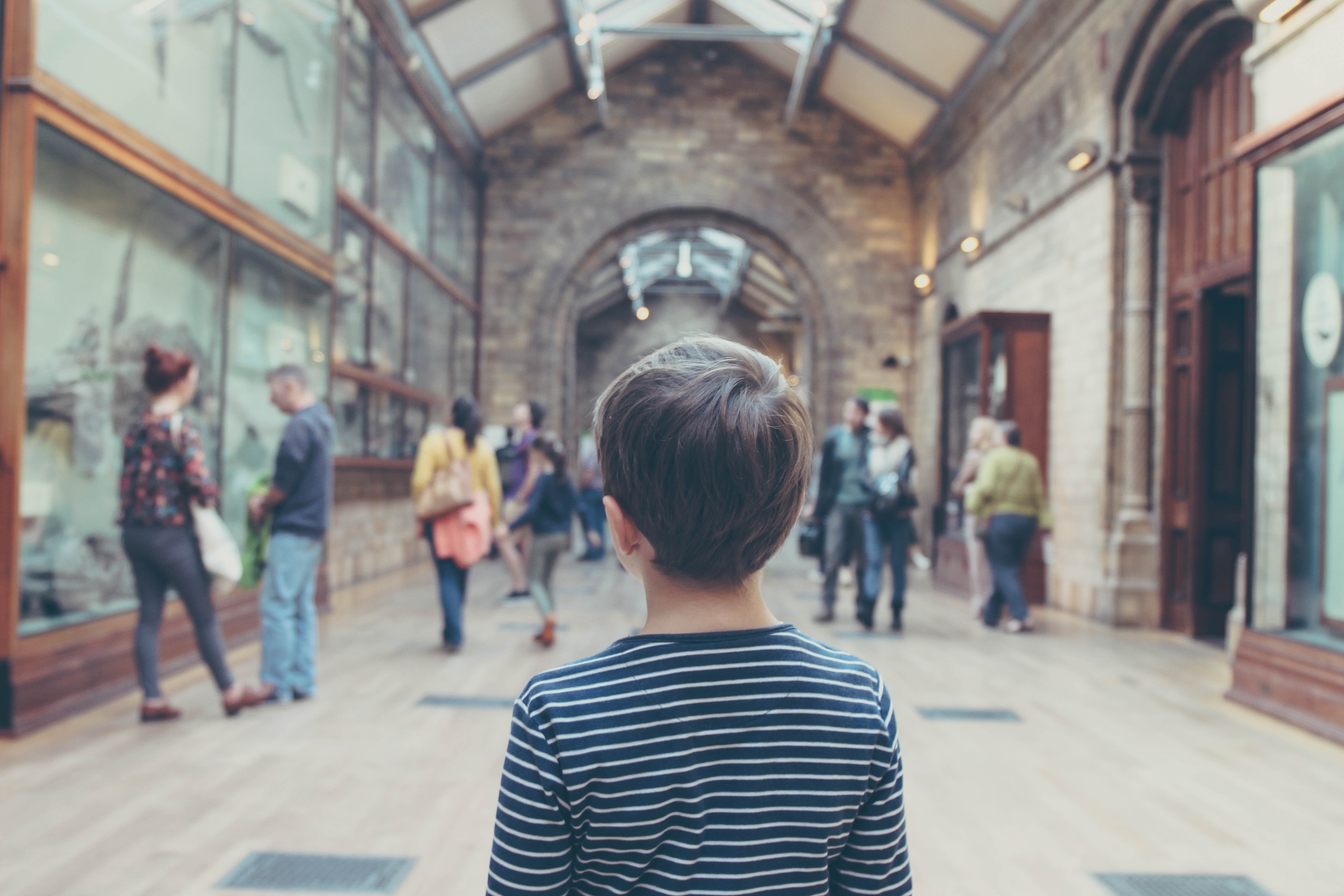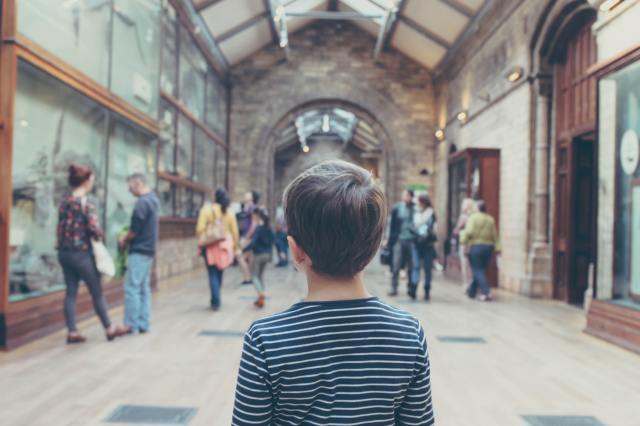
In the United States, events of the past few weeks have given us more of an opportunity to talk about race, inequality and race relations. Protests, marches, and conversations have spanned the globe, from New York to Seoul. Whether your summer travel plans involve a long road trip, staying close to home or even not leaving your home, there is a way to learn and incorporate some of these important conversations with your family.
I understand that vacations are highly prized occasions to break away from the everyday and relax. But, if you want to take a moment out of your summer for an education-based experience, check out the places below. As always, check before you visit a museum or other institution as it may not be open or hours may have changed due to the ongoing pandemic.
African American Heritage
One of the best places to start is with the Smithsonian collection of museums. Located in Washington D.C., the National Museum of African American History and Culture is an incredible institution with interactive exhibits. The NMAAHC is the only national museum devoted exclusively to the documentation of African American life, history, and culture.
Dr. Martin Luther King, Jr’s name and legacy have been invoked often during this time of heightened discussion about race relations. The King Center in Atlanta promoting King’s message of hope and nonviolence is an excellent place to take children of all ages for an understandable exploration of civil rights in the US.
Headed to Lousiana? A must-stop is The Whitney Plantation in Wallace, Louisiana, which is “the only plantation museum in the region with an exclusive focus on slavery.” The plantation offers the opportunity to honor the lives of those who had been enslaved.
Tuskegee University Legacy Museum in Tuskegee, Alabama is a treasure trove of African American history and includes the Dr. George Washington Carver Museum, The Booker T. Washington Home: The Oaks, and the Tuskegee Airmen Museum. One of the permanent exhibits called the “Tuskegee Experiment” provides insight into health disparities between blacks and whites and the noted distrust many African Americans have of public health officials.
To find places close to home to help learn and grow, check out these 50 places during you can visit, and if you are traveling, check out these13 destinations for African-American history and culture.
First Nations
One of the places my girls love to visit is the National Museum of the American Indian in Washington, DC. They have another location in New York City. The museum houses one of the world’s largest and most diverse collections concerning the indigenous people and first nations. It includes a number of interactive exhibits that entertain and educate children.
The Abbe Museum in Bar Harbor, Maine provides education concerning Indigenous people as well, stating that its commitment centers on “Indigenous people in their own histories, stories, and futures, correcting harmful representations of the past.”
To learn about several native nations at once, you can attend the Gathering of Nations. Held in Albuquerque, NM, the Gathering of Nations is one of the world’s most recognized annual festivals. At the festival, Native people come together to celebrate and share culture. The event usually takes place in April if you are making plans for next year.
For more opportunities to learn more about first nations, here are 11 important Native American heritage sites in the US that are worth visiting.
Latino American History
The Cesar Chavez National Monument in Keene, CA “¡Si, Se Puede!” honors Latin American civil rights activist Cesar Chavez. Chavez was a co-founder of the National Farm Workers Association (which later became the United Farm Workers of America) and was the first national park site to honor a contemporary Latino American.
Little Havana in Miami, FL has been described as the center of Hispanic culture in Miami. The area is replete with cafes, restaurants, markets and cultural venues that exhibit the different backgrounds from Latin America.
The Smithsonian has an impressive collection of museums but has yet to finalize a museum of Latino American history. According to the latest information from the Smithsonian, The Smithsonian Latino Center is building the Molina Family Latino Gallery, which is its first-ever physical museum space, at the National Museum of American History and installing its inaugural exhibition, ¡Presente! A Latino History of the United States sometime in 2022. Definitely keep an eye on this one.
Here are six more places to explore Latino Heritage.
Asian American Culture
There are many places to learn about Asian American culture in the United States.
Wing Luke Museum of the Asian Pacific American Experience in Seattle Washington is a National Park Service affiliate and the first Smithsonian affiliate in the Pacific Northwest. The museum tells the stories and shares the authentic experiences and perspectives, of Asian Pacific American artists and Asian pioneers. The preserved historic spaces of the museum are accessible only through daily guided tours.
World War II Japanese American Internment Museum in McGehee, Arkansas may seem like an unlikely place for an internment camp but many Japanese Americans were forced there after World War II. Very little remains of the original camp today but a trip through the museum offers the necessary background for a site visit. Visitors can travel to the nearby site of the former Rohwer Japanese American Relocation Center, where many Japanese Americans were imprisoned.
If you want to visit more than the museums, take a trip to Chinatown in San Francisco. It is the largest Chinatown outside of Asia and the oldest in the United States. I
Looking for somewhere close to home to learn about Asian American culture? Visit the Asian & Pacific Islander Americans in Historic Preservation that details historic places to visit and groups them by state.











